Buying property with an agricultural tie: What you need to know
Buying a property with an agricultural user restriction can be daunting but it’s possible to turn it to your advantage
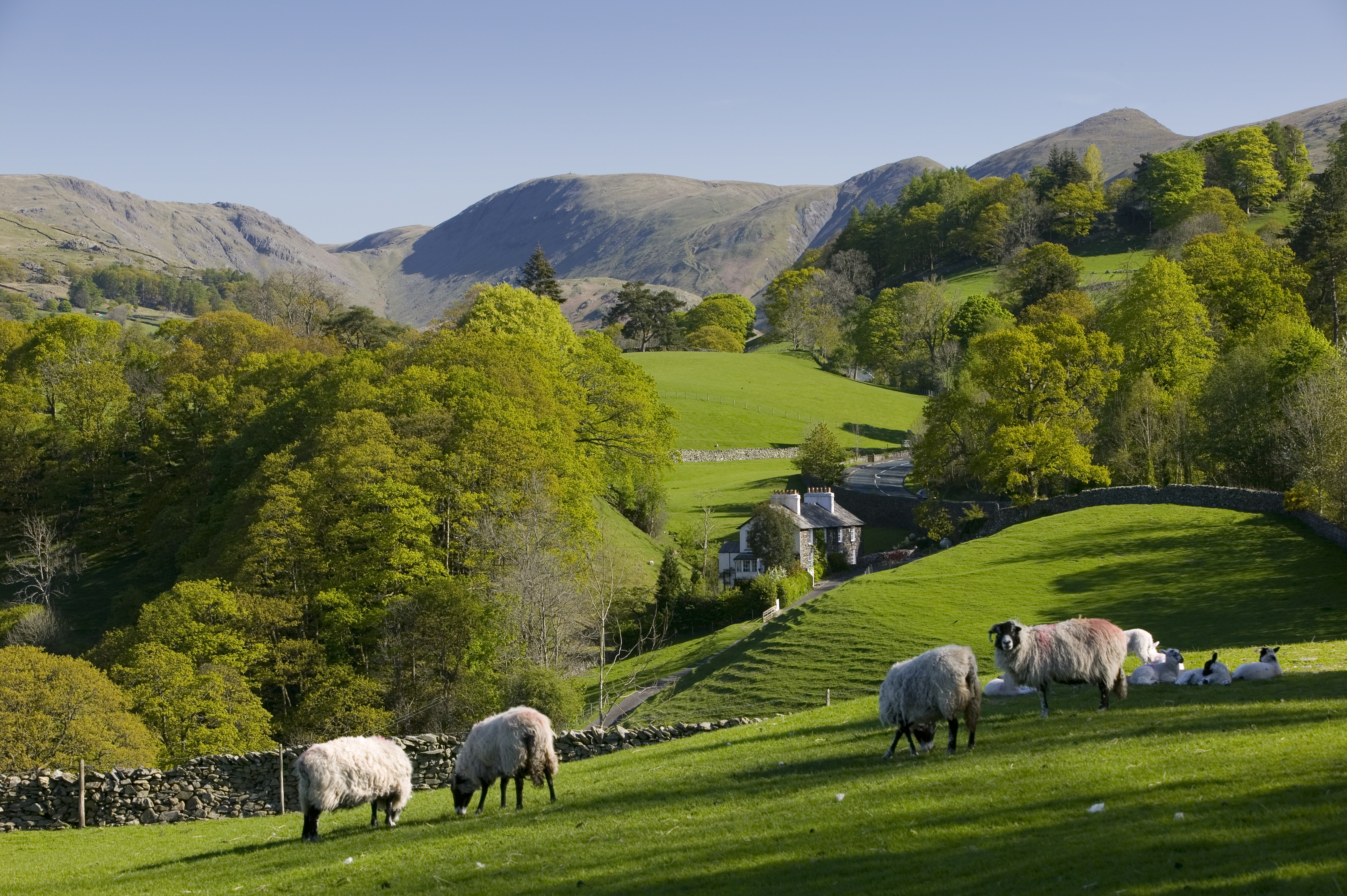

The terms of an agricultural tie can be daunting. They usually require that ‘the occupation of the property is limited to a person solely or mainly employed, or last employed, in the locality in agriculture as defined in Section 290(i) of the Town and Country Planning Act 1971, or in forestry (including any dependents of such a person residing with him) or a widow or widower of such a person'. So it would be possible to comply with the tie if a would-be purchaser had previously worked in agriculture or has been married to someone who was.
Properties with such a tie can, of course, be difficult to sell. ‘People are naturally put off when they discover a property has an agricultural tie. It's an instant barrier,' Winkworth's Chris Baker told Country Life when we investigated the issue a few years ago. 'Potential buyers are scared because they don't understand it or what it entails.'
The properties are rarely large and the tie will have been made as a condition when planning permission was given to build a home on agricultural land. The up-side, for buyers, is in the price tag. The properties in question often sell at a discount: although there's unlikely to be a reduction in price for an agricultural property with extensive acreage, there could be discounts of up to 30% for anything under 100 acres. ‘The amount of discount depends on how much land is with it,' said David Cross, director of Savills' Salisbury office. ‘The smaller the amount of land, the greater the discount.'
This beautiful five-bedroom farmhouse in Wales, for example, comes with 68 acres of land but is for sale at just £750,000 — some £250,000 less than this same price as this nearby four-bedroom home with 64 acres.
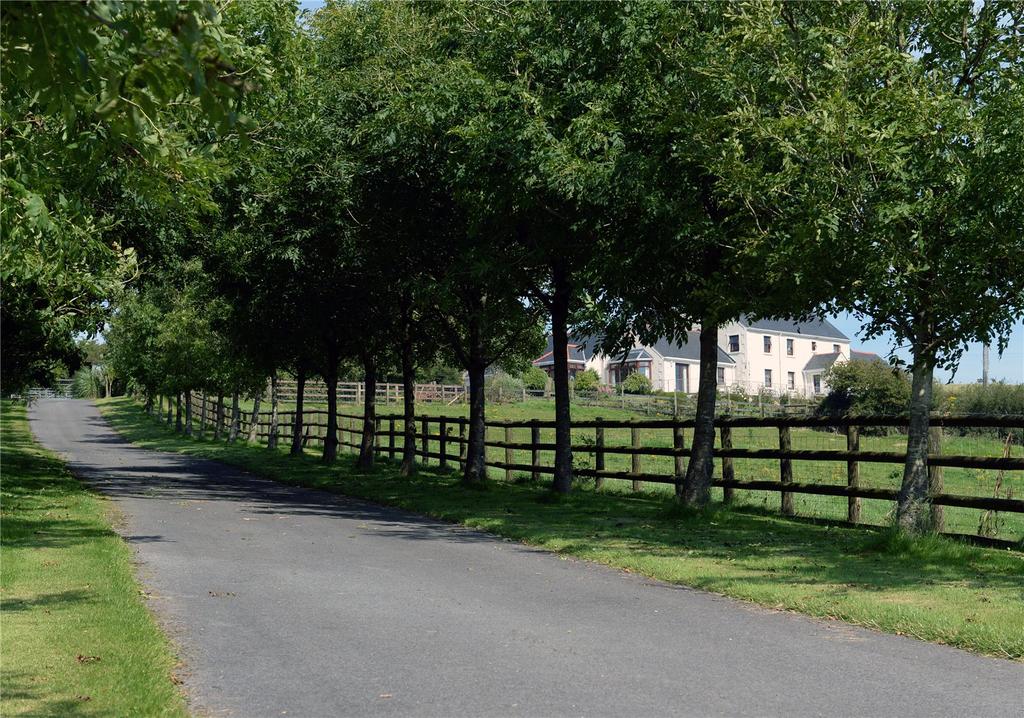
Kevin Prince, then of Strutt & Parker's Salisbury office but now with Adkin, added: ‘Over the past 10 years, we have found that, due to the shortage of good properties with more than 100 acres, having an agricultural tie with this amount of land doesn't affect the price. It's once you get below 20-30 acres that it becomes an issue.'
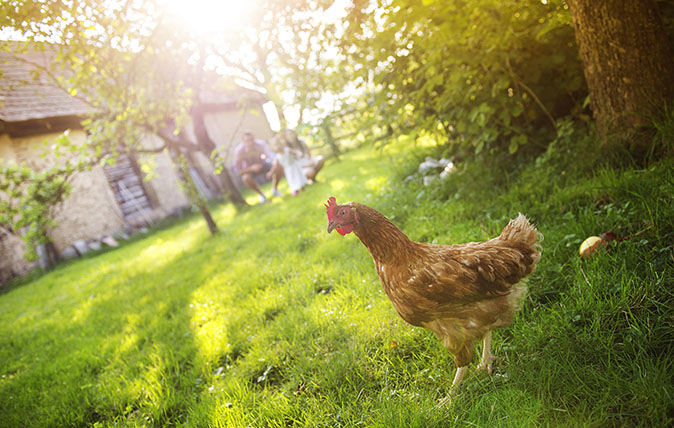
It's not all doom, however — it is possible to get the tie lifted, if you can prove that no one has been working in agriculture for the past 10 years. If the council agrees, it will issue a ‘certificate of lawfulness', which means you're no longer in breach of the condition. However, if it's discovered you're in breach before that time, you can be fined.
The tie could also be lifted if you're selling the property and can demonstrate that there's no longer any requirement for agricultural work on the holding and that there have been no prospective purchasers over a specified time limit, agreed with the council.
Sign up for the Country Life Newsletter
Exquisite houses, the beauty of Nature, and how to get the most from your life, straight to your inbox.
Another option may be to see if the council will accept other uses as fulfilling the tie. According to Mr Prince, planning-policy guidance has become much friendlier to horses: ‘Councils are increasingly prepared to extend an agricultural tie to equestrian use.'
With that in mind, however, vendors are savvy. This pretty farmhouse for sale in Somerset at just £450,000, for example, contains the following line in the listing: 'Should planning permission be obtained for non-agricultural/equestrian use on the land the vendors or their successors will be entitled to 30% of the resulting uplift in value for a period of 50 years.'
An earlier version of this article appeared in Country Life in 2010.

Credit: Strutt and Parker
Best country houses for sale this week
An irresistible West Country cottage and a magnificent Cumbrian country house make our pick of the finest country houses for
Country Life is unlike any other magazine: the only glossy weekly on the newsstand and the only magazine that has been guest-edited by HRH The King not once, but twice. It is a celebration of modern rural life and all its diverse joys and pleasures — that was first published in Queen Victoria's Diamond Jubilee year. Our eclectic mixture of witty and informative content — from the most up-to-date property news and commentary and a coveted glimpse inside some of the UK's best houses and gardens, to gardening, the arts and interior design, written by experts in their field — still cannot be found in print or online, anywhere else.
-
 What should 1.5 million new homes look like?
What should 1.5 million new homes look like?The King's recent visit to Nansledan with the Prime Minister gives us a clue as to Labour's plans, but what are the benefits of traditional architecture? And can they solve a housing crisis?
By Lucy Denton Published
-
 Having a ruff day: Kennel Club exhibition highlights the plight of vulnerable spaniel breeds
Having a ruff day: Kennel Club exhibition highlights the plight of vulnerable spaniel breedsPhotographer Melody Fisher has been travelling the UK taking photographs of ‘vulnerable’ spaniel breeds.
By Annunciata Elwes Published
-
 What should 1.5 million new homes look like?
What should 1.5 million new homes look like?The King's recent visit to Nansledan with the Prime Minister gives us a clue as to Labour's plans, but what are the benefits of traditional architecture? And can they solve a housing crisis?
By Lucy Denton Published
-
 Welcome to the modern party barn, where disco balls are 'non-negotiable'
Welcome to the modern party barn, where disco balls are 'non-negotiable'A party barn is the ultimate good-time utopia, devoid of the toil of a home gym or the practicalities of a home office. Modern efforts are a world away from the draughty, hay-bales-and-a-hi-fi set-up of yesteryear.
By Annabel Dixon Published
-
 Five beautiful homes, from a barn conversion to an island treasure, as seen in Country Life
Five beautiful homes, from a barn conversion to an island treasure, as seen in Country LifeOur pick of the best homes to come to the market via Country Life in recent days include a wonderful thatched home in Devon and a charming red-brick house with gardens that run down to the water's edge.
By Toby Keel Published
-
 The finest interiors in Edinburgh? A seven-bedroom townhouse furnished by Robert Kime comes to market
The finest interiors in Edinburgh? A seven-bedroom townhouse furnished by Robert Kime comes to marketSituated on one of the New Town's grandest terraces, this four-storey property is a collector's dream.
By James Fisher Published
-
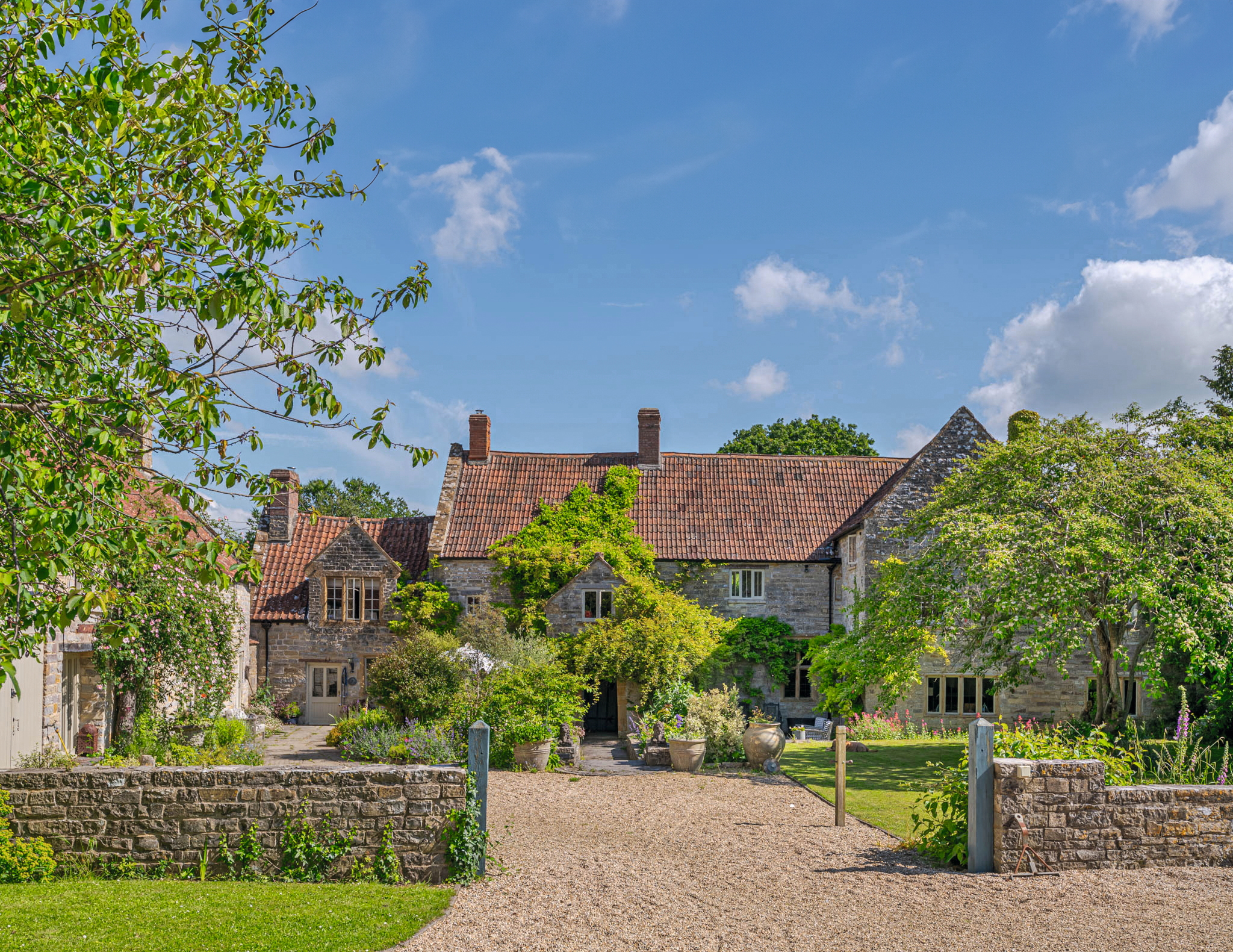 A Grade II*-listed country manor with one of the most beautiful drawing rooms in England
A Grade II*-listed country manor with one of the most beautiful drawing rooms in EnglandIf Old Manor Farm in Somerset is good enough for Pevsner, it's good enough for you.
By Penny Churchill Published
-
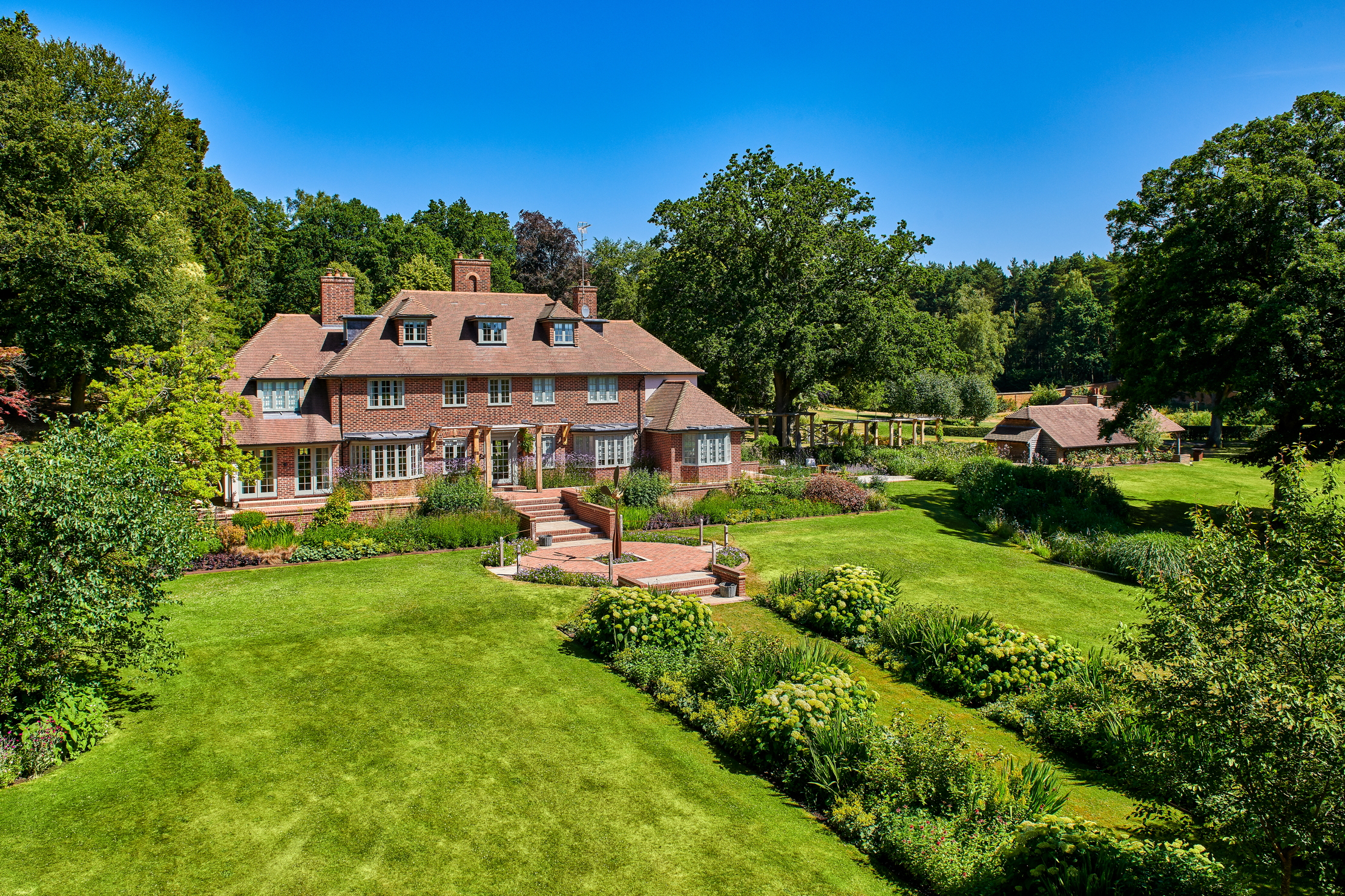 An eight-bedroom home in Surrey where an army of robots will look after your lawns
An eight-bedroom home in Surrey where an army of robots will look after your lawnsDo not fear the bladed guardians of Monksfield House. They are here to help.
By James Fisher Published
-
 A French castle for sale on the banks of the Dordogne? With a swimming pool? Where do we sign?
A French castle for sale on the banks of the Dordogne? With a swimming pool? Where do we sign?This chateau in Lalinde is nothing short of a historical delight in the south of France. And it comes fully furnished.
By James Fisher Last updated
-
 Sip your morning tea where Churchill once paced, as his former Pimlico home comes up for sale
Sip your morning tea where Churchill once paced, as his former Pimlico home comes up for saleThe five-bedroom flat in Eccleston Square offers ‘historical gravitas and modern comfort’ in a leafy pocket of London.
By Annabel Dixon Published
